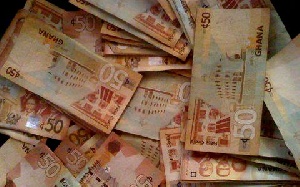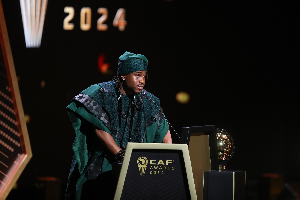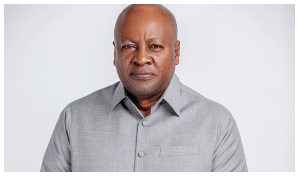The Ghana cedi lost 18.75 per cent in value to the US dollar last year, making it one of the most underperforming currencies in Africa.
The currency started the year at GH¢3.20 to the American currency but ended the year at about GH¢3.80, a 15.0 percent depreciation rate.
The local currency reached a record high of GH¢4.20 to the world’s most important currency in June, but an urgent intervention by the International Monetary Fund (IMF) helped to curtail the pressure on it.
The Bretton Woods institution had injected part of the US$914 million support into the Ghanaian economy to shore up the balance of payment and current account situation.
This many analysts and market watchers beliefs contributed significantly to the relative stability of the Ghana cedi during the last quarter of 2015.
However, the recent hike in the US interest rates by 0.25 percent could undermine the relative stability of the cedi.
The dollar strengthened across a basket of currencies on the international market following the US Federal Reserve 25 basis point interest rate hike in December 2015, its first increase since 2006.
CEO of Investcorp, Sampson Akligoh told Business Finder the cedi could experience some sharp volatility in the first quarter of 2016 if the Eurobond is not raised.
“Now that commodity prices are declining, technically the Central Bank must accommodate the pressure on the cedi or else we will be in trouble.”
Some analysts are of the view that unless the IMF reforms are strictly adhered to, the cedi’s outlook will continue to be undermined by sustained strong dollar demand to meet import bills and debt servicing costs.
The local currency did better than 9 out of 25 currencies captured by Ecobank Research in 2015.
They included the South African rand, Angola kwanza, Zambia kwacha, Namibia dollar and Tanzania shilling.
The Gambian Dalasi, however, remained the best performing currency among the 25 Sub-Saharan African currencies last year, appreciating by 8.2 percent against the US dollar.
Neighboring Nigeria’s Naira however depreciated by 7.2 percent to the US dollar, the same as at October 2015. The Ivory Coast CFA also depreciated by 11.4 percent to the dollar while the Liberian dollar lost 2.0 percent in value to the world’s most powerful currency.
Click to view details



Business News of Saturday, 9 January 2016
Source: The Finder

















